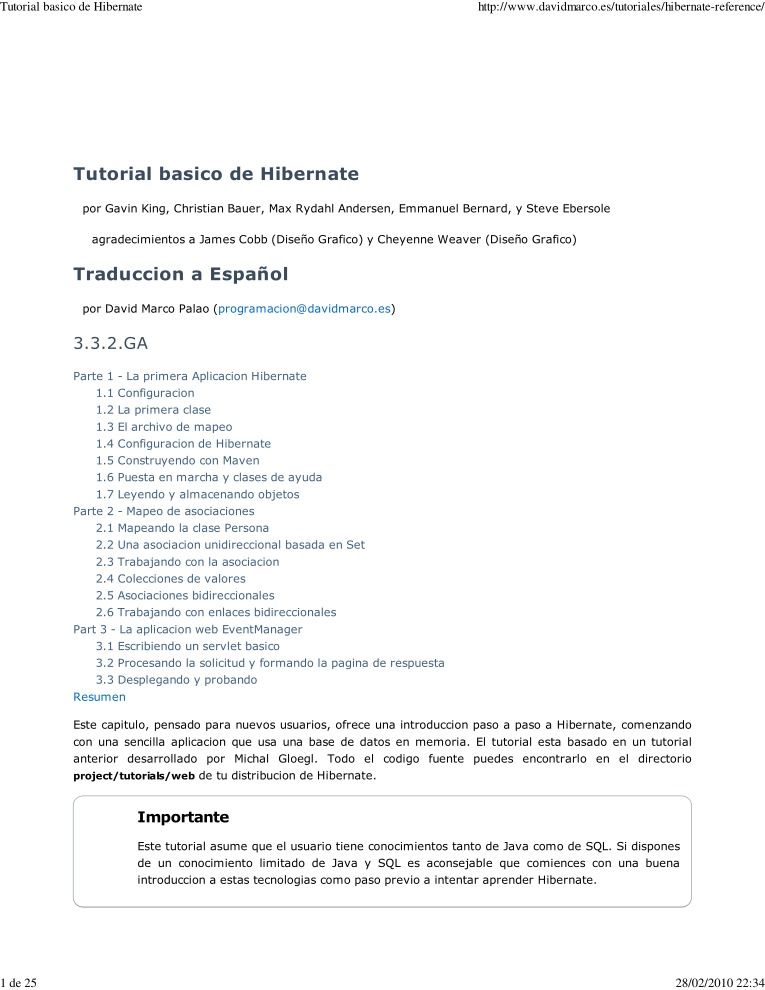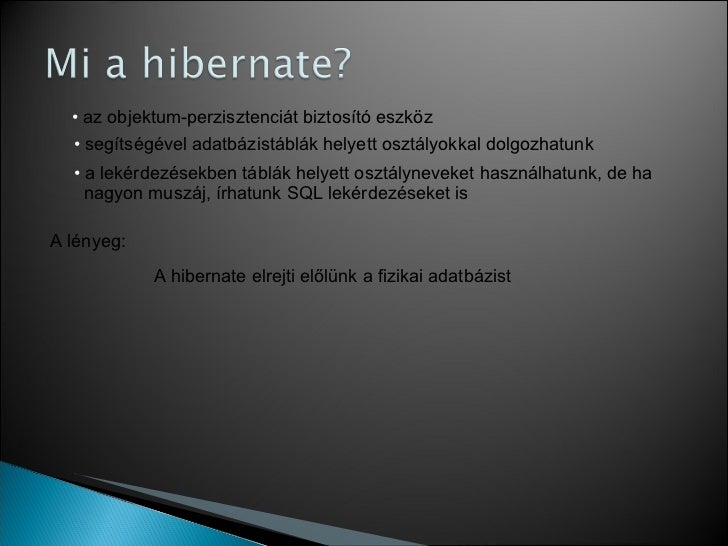
- Arch hibernate tutorial how to#
- Arch hibernate tutorial install#
- Arch hibernate tutorial update#
- Arch hibernate tutorial full#
That essentially breaks it.īased on the comment of David Sterba using filters: btrfs balance -dusage=90 /, it seems not to reach the swapfile and therefore does not affect it. That means that every file regardless of the attribute seems to be relocated and converted to COW.
Arch hibernate tutorial full#
Running btrfs balance start -full-balance / seems to rebalance everything and ignore the +C (nodatacow) attribute at all, because you get this message in dmesg if you activate a swapfile after doing a full balancing: kernel: BTRFS warning (device XY): swapfile must not be copy-on-write Tips & Tricks Don’t do a full balancing, it will break the swapfile Test it with sudo systemctl hibernate after you reboot once. Sudo mkinitcpio -P & sudo grub-mkconfig -o /boot/grub/grub.cfg
Arch hibernate tutorial update#
Arch hibernate tutorial install#
I will have to restart my base install and check what specific setting I need for SSD. The advantage of having an SSD will be that I won’t have to worried about the laptop waking up during transport to hibernate. With today cost of ~300 HKD (~40 USD), this will be a good one. I’m happy with where I finish, however I want to do the next step which is mixing suspend and hibernate, so I will do a quick hardware update and reinstall my machine after changing the hard drive to an SSD. We just have to put for this event the value hibernate and we will be in the right state. I’m more worried about battery than starting time (Which is not the slow anyway compare to Windows ). What I want is the laptop to go on hibernate mode by default for the two event above.
Arch hibernate tutorial how to#
In this section I will cover how to setup your ArchLinux to use a file swap to hibernate. Arch linux - Power management/suspend and hibernate.

The detailed instructions from the ArchLinux can be found below. It’s true that restarting the computer will be slower, however this is a compromise that I accept.

I want to enable hibernation because I want to have the ability to restart where I left the system without consuming energy. I didn’t want to use any helper script and wanted to setup everything using systemd. As a non Linux expert, it took me some time and some failure to arrive at the expect comfiguration.


It’s now time to look at how to enable hibernation to a swapfile when we close the lid of the laptop.


 0 kommentar(er)
0 kommentar(er)
